
Q: When did the Black Death start and end?
A: The Great Pestilence is thought to have started in 1346 in the high steppes of Mongolia or eastern China. It then went on a massive circuit of the known world, moving largely eastwards and southwards, across the Mediterranean, working its way down into north Africa, and up through Italy and Spain. In England it arrived in Dorset in the summer of 1348. By the end of 1349 it had spread throughout the rest of England and Ireland and into Scotland. Thereafter the plague moved northwards into Scandinavia and then eastwards, arriving in Russia in 1352-53. In just seven years it had traversed the whole of the known world.
The plague spread at two speeds, moving at its fastest as it was carried long distances across the sea, but much more slowly as it made its way across land. The relentless progress of the Black Death across England has been carefully tracked through an abundance of local records, which show that the length of time the plague stayed in any community depended on its size, with deaths from plague occurring for no more than three months in the average village, although for appreciably longer in large towns and cities, before dwindling and finally ceasing. This first and most ferocious wave of plague had disappeared from England by late 1349, but the same disease returned with a major visitation in 1361-62, and again and again, albeit with slowly diminishing force and contracting scale, for the ensuing decades and centuries.
Q: What was the death rate?
Bu hikaye History Revealed dergisinin February 2023 sayısından alınmıştır.
Start your 7-day Magzter GOLD free trial to access thousands of curated premium stories, and 9,000+ magazines and newspapers.
Already a subscriber ? Giriş Yap
Bu hikaye History Revealed dergisinin February 2023 sayısından alınmıştır.
Start your 7-day Magzter GOLD free trial to access thousands of curated premium stories, and 9,000+ magazines and newspapers.
Already a subscriber? Giriş Yap
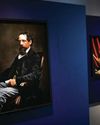
'Dickens's evocation of the fears, excitement and confusion of childhood is peerless'
DR LEE JACKSON ON WHY CHARLES DICKENS REMAINS RELEVANT TODAY
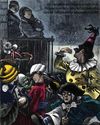
THE AUTHOR GOES ABROAD
Dickens expanded his horizons and boosted his fan-base by venturing overseas - but global fame came with a cost
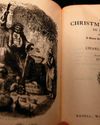
REVIVING THE FESTIVE SPIRIT
A Christmas Carol wasn't just a bestseller - it changed the way that Britons chose to mark the festive season

GIVING THE POOR A VOICE
From Hard Times to Oliver Twist, Charles Dickens used his pen to help illuminate the lives of the less fortunate
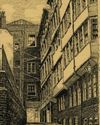
A JOURNEY THROUGH DICKENS'S LONDON
The works of Charles Dickens are synonymous with visions of Victorian London. We talk to Dr Lee Jackson about the author's love of the capital, and the locations that most inspired him
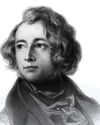
EXCEEDING EXPECTATIONS
Dr Lee Jackson chronicles Charles Dickens's journey from down-at-luck teenager to titan of Victorian literature

GIFTS, TREES & FEASTING
We take a journey through the photo archives to reveal how Christmas and its many traditions have been celebrated over the years - and around the world
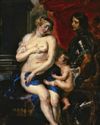
WHAT GREAT PAINTINGS SAY
We explore the story behind an allegorical painting that celebrates the triumph of love over hate, peace over war
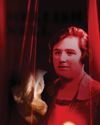
HELLISH NELL
Malcolm Gaskill delves into the life of Helen Duncan - the fraudulent Scottish medium whose ectoplasm-filled seances saw her ending up on the wrong side of the law

7 THINGS YOU (PROBABLY) DIDN'T KNOW ABOUT THE WHITE HOUSE
Presidential historian Dr Lindsay M Chervinsky reveals some of the most surprising facts about the world-famous US residence